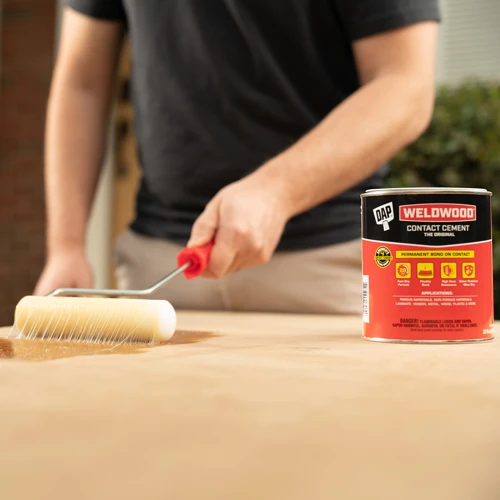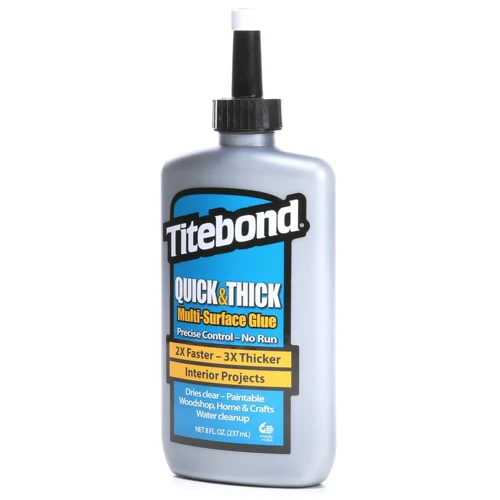When it comes to wiring projects, PVC conduit is a popular choice due to its durability and flexibility. However, the success of any project involving PVC pipes lies in the proper gluing of joints and fittings. This PVC conduit gluing guide will walk you through the steps necessary to ensure a secure and reliable bond.
Materials and Tools Required for Gluing PVC Conduit
To begin, you’ll need the following items:
- PVC conduit and fittings
- Solvent cement for PVC
- Primer (if required by local code)
- Clean cloth
- Protective gloves
- Safety glasses
- Hacksaw or PVC cutter
- File or sandpaper
Step-by-Step Guide on How to Bond PVC Pipe
Preparation of PVC Conduit and Fittings
Firstly, measure and cut the PVC conduit to the required lengths using a hacksaw or PVC cutter. Once cut, remove any burrs or filings using a file or sandpaper to ensure a smooth surface. Clean the ends of the pipes and the insides of the fittings with a dry cloth to remove any dust or debris.
Applying the Solvent Cement for PVC
Apply a thin, even layer of primer to the outside of the pipe and the inside of the fitting if your local code requires it. Next, coat the same areas with solvent cement for PVC. Be quick but precise — solvent cement dries rapidly.
Securing PVC Conduit Fittings
After applying the cement, immediately insert the pipe into the fitting with a slight twisting motion to ensure even distribution of the adhesive. Hold the joint firmly in place for a few seconds to prevent the pieces from pushing apart as the cement sets.
Ensuring a Waterproof PVC Joint
To guarantee a waterproof PVC joint, check for any gaps in the adhesive coverage. If necessary, apply another thin layer of cement around the outside of the joint. Allow the joint to set undisturbed for the manufacturer’s recommended time before handling.
DIY PVC Conduit Project: Electric Conduit Installation
Installing your own electric conduit is a gratifying DIY PVC conduit project. With the right preparation and techniques, you can create a professional-quality installation.
Outdoor PVC Pipe Gluing Techniques
For outdoor PVC pipe gluing, it’s important to consider the environmental conditions. Use solvent cement formulated for wet and cold conditions if necessary. Ensure that the pipes and fittings are dry before beginning, and shelter your workspace from the elements during the gluing process.
Finalizing and Testing the Installation
Once the joints have cured, you can begin to assemble the larger structure of your installation. Secure the conduit to surfaces using appropriate straps or clamps. After the entire system is in place, inspect and test the installation to ensure stability and safety.
Tips for Gluing PVC Conduit
Working with PVC Adhesive
When using PVC adhesive techniques, always work in a well-ventilated area. Wear protective gloves and safety glasses to avoid contact with skin and eyes. Additionally, cap solvent cement containers immediately after use to prevent evaporation and contamination.
Gluing Under Different Weather Conditions
Temperature and humidity can affect the curing time and effectiveness of the solvent cement. In cold weather, allow extra time for the joints to cure. In hot and dry conditions, work quickly to prevent premature drying of the cement.
Common Mistakes to Avoid in PVC Pipe Gluing
Common blunders include not cleaning the surfaces thoroughly, using too much solvent cement, which can cause weakening, and not allowing enough time for the cement to cure before handling the joints. Avoid these mistakes for a solid and lasting installation.
Allowing Sufficient Cure Time: How Long to Wait?
The final and crucial step in the process is allowing sufficient cure time. The wait time can vary depending on the product used and weather conditions but generally ranges from a few hours to a full day. Consult the product instructions for the specific time frame before putting the conduit into service.
Conclusion: Finishing Your PVC Conduit Installation
By following this comprehensive guide, you should now feel confident in completing your PVC conduit installation. Remember, careful preparation, application, and patience are the keys to a successful project.
For those of you tackling DIY projects involving PVC conduit, understanding the proper adhesive techniques is crucial. Our guide on how to glue PVC to ABS can help you navigate the complexities of working with different plastic materials. If you find yourself in a sticky situation, our articles on how to break PVC glue and how to un-glue PVC will provide you with the knowledge to correct any mishaps with confidence. Whether you’re installing or making repairs, these resources are invaluable for ensuring a successful project.
Frequently Asked Questions
Let’s address some common queries regarding PVC conduit gluing:




